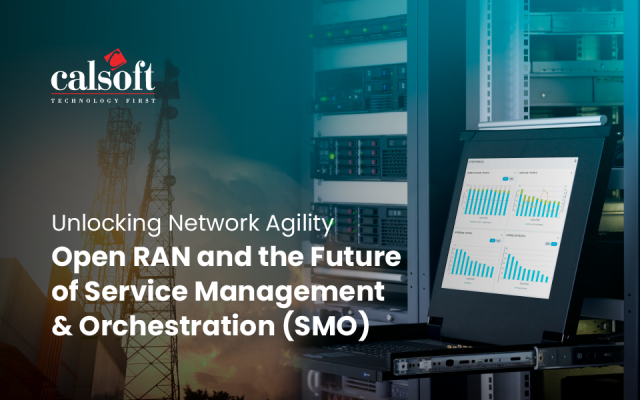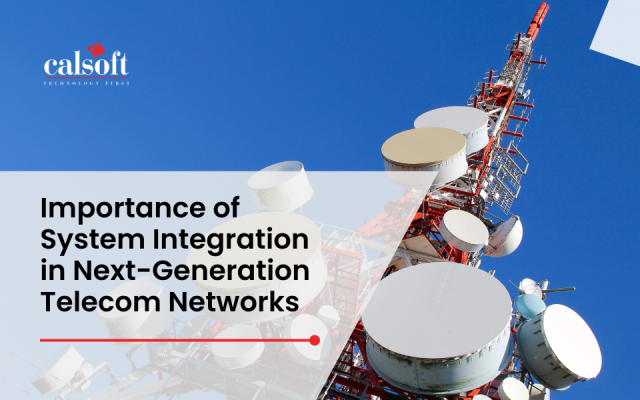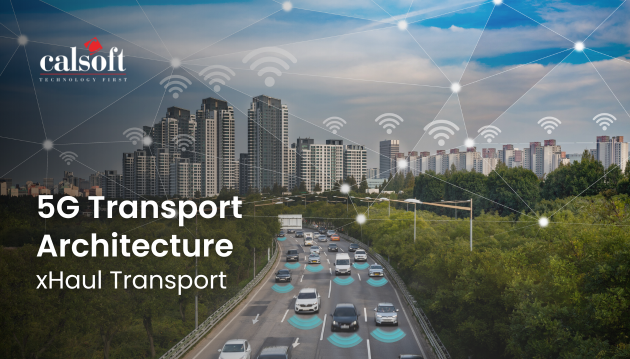Once upon a time there was a country with lot of houses. But there was an anomaly with all the houses, every time a person went and stayed in it, it sinked a little in to the ground. So a great visionary from that country said that at this speed it can only allow 10000 times for a person to come and stay in it, irrespective of the amount of time a person spends in that house. The time duration for the stay in the house could range from a jiffy to infinity. Also the designer who designed this was not sane enough, and he designed the houses in such a way that a single house was not directly accessible, so whenever the country requires a particular person’s service, an entire colony had to be called, out of which only the person whose services are required is summoned, the remaining people were told to return to their respective houses. This particular way of calling a person lead to discomfort for all the neighboring people, also it increased the frequencies of coming and staying in the house, thereby sinking the house more into the ground, without any real need for that.Before these kinds of houses were built there were houses which would only operate on electricity supplied by a power grid. But after some research they were able to build houses which could have electricity even when the power grid was down. They have achieved this by not allowing the electricity to escape from the house, but by putting a complementary metal oxide material as a blockage material from electricity to escape.
This country lacks a method for allocating house to people. Due to this, there was lot of instability and few of the houses were frequently used in comparison to other houses. This caused the frequently used houses to shrink more as compared to other unused houses, thereby causing instability which might lead to some colonies getting damaged and which can then create problems during the time of emergency, when the services of all the colonies are required for better performance of the country.
A discussion was held to address these problems and few solutions were suggested
1. Creating a higher level authority which will manage fair distribution of houses.
2. Putting a guard near the houses which will allot houses, but doing this is very costly since a single resource has to manage a very big area.
3. Designing the houses in such a way that even a single house can be accessed, or a group of houses dynamically decided by the authority of that country.
Thinkers and designers are still busy to find a solution to this problem. Anyone with sane mind is welcome to think, design and propose a solution for this.
** SSD – Solid State Drive is a memory chip made up of either single level cells or multiple level cells. A single level cell is a transistor, which can hold a logic i.e . 0 or 1 and a multiple level cell is the one which can hold more than one logic. A non-volatile SSD is made up of floating gate transistors, which can retain the data even when there is no power making it non-volatile
To know more email: marketing@calsoftinc.com






